Investigation of Viral Droplet Transport Control based on Impinging Jet Ventilation Systems with Physical Partitioning
Please login to view abstract download link
The dissemination of respiratory infectious diseases has significantly impacted the well-being of human life. Since the 21st century, there have been multiple large-scale epidemic outbreaks, including SARS, H1N1, H7N9, MERS, COVID-19, etc., posing severe threats to human health and life. Controlling the spread of viruses has become particularly crucial, especially considering that people spend a considerable amount of time indoors, a scenario influenced by various factors such as indoor spatial scale, ventilation characteristics, the position of infected individuals, and protective measures. This study conducted a simulation analysis of the transport characteristics of viral droplets generated by an infected individual’s cough in a relatively small office setting, based on an improved impinging jet ventilation (IJV) system combined with the partition arrangement. By considering multiple factors such as the position of ventilation exhausts, the location of infected individuals, and the design of the IJV system, the study aims to induce and control the movement trajectory and patterns of viral droplets, thereby controlling virus transmission and effectively removing droplets. The conclusion indicates that partitions can effectively capture viral droplets but are influenced by the ventilation system. The IJV system facilitates the directional movement of droplets towards the upper region of the wall adjacent to the IJV system. By taking into account the influence of the spatial location of the infected individual, and leveraging the motion induction exerted by the IJV system on the viral droplets, the strategic placement of ventilation exhausts can enhance the efficacy of droplet removal and control. Through this study, the coupled effects of the IJV system, partition, exhaust, and the location of infected individuals on the transport of viral droplets were explored, and corresponding optimization strategies and plans were identified, thereby contributing to the reduction of the transmission rate of indoor respiratory diseases and the protection of human life safety.

